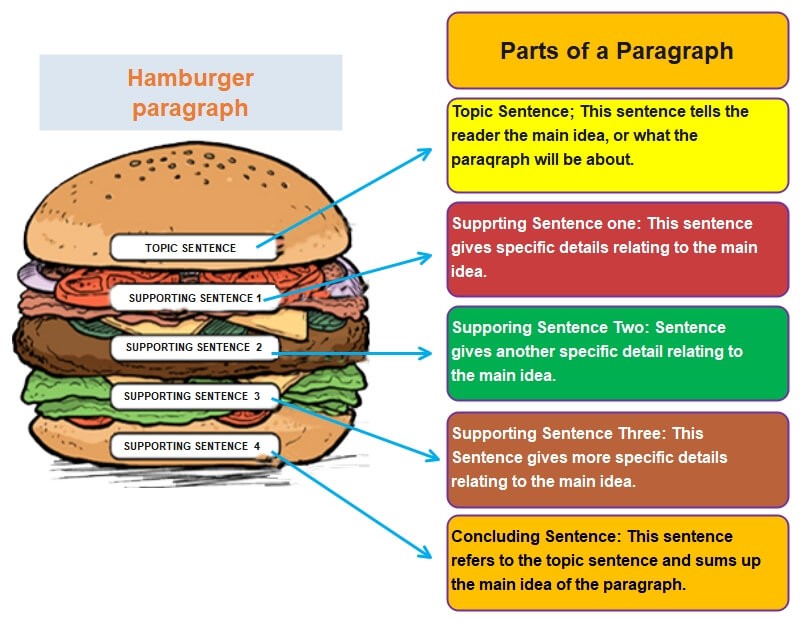LESSON 2.8
IDP
Pretend you are throwing a party. You have invited a young woman, Rina, and a young man, Devlin. You know them both, but you know they do not know each other.
By happenstance, they arrive at the party at the same time. th invite them in. Three things then take place:
- You introduce them to each other.
- You describe them to each other.
- You then realize that one of your other guests needs something. You leave Rina and Devlin alone. They pick up a beverage, perhaps some chips, and begin to chat. This is known as “proving.” Not proving as in an argument but rather as in showing that what you had said about them is true.
For example:
“Hey, hi, come on in, you guys.” They take off their jackets. “Rina, this is Devlin.
Devlin – Rina.
“Rina works with me in IT. Devlin is my swimming coach.”
“Hi, Rina.”
“Hi, Devlin. Nice to meet you.”
“Whoops, duty calls. Looks like someone spilled something in the living room. You two make yourselves at home. Maybe get to know each other.” You exit the entryway.
“So you’re Yenda’s swimming coach?”
“Have been for over a year now. She’s really talented.”
“Really talented in IT, too. I’ve never seen someone so good at coding.”
… And so on…
IDP
We can summarize the exchange as IDP:
Introduce the idea
Define, describe, and/or discuss the idea
Provide evidence
It’s easy to remember the acronym. Just remember IDK (I don’t know).
IDK I don’t know
IDP Introduce, Define, Describe, and/or Discuss, Provide evidence
TROUT SHOUT!
 Yell:
Yell:
IDP:
Introduce, Define,
Describe, and/or Discuss,
Provide evidence
Again!
The Importance of IDP
Notice that IDP is a pattern that is common in communications. It’s not something artificially superimposed on discourse, as is the five-paragraph essay (aka the hamburger essay).
The beauty of IDP is this: It will fit every part of almost every document except for the summary.
IDP and SONY
Let’s examine a hypothetical essay. The subject matter does not matter. This essay has two reasons why the What Statement is important. The Why Statement therefore has Y1 (the first reason) and Y2 (the second reason)
You can outline the essay like this:
Summary (two sentences: What Statement + Why Statement)
Old variable
I
D
P
New variable
I
D
P
Why section: Y1
I
D
P
Why section: Y2
I
D
P
Conclusion
I
D
P
The Hamburger Paragraph
 In the previous lesson, we examined the pattern known as the hamburger essay. Hamburgers must be very popular with composition teachers, because someone also came up with the “hamburger paragraph.”
In the previous lesson, we examined the pattern known as the hamburger essay. Hamburgers must be very popular with composition teachers, because someone also came up with the “hamburger paragraph.”
In it, you start with what is called a “topic sentence.” You then provide three proofs – also known as “supporting evidence – of the topic sentence, and finally add a concluding sentence. It looks like this:
Problems with the Hamburger Paragraph
There are three main issues with the hamburger paragraph concept:
- As the picture indicates, a topic sentence tells the reader what the main idea of the paragraph is. According to many teachers and textbooks, the topic sentence is the first sentence in a paragraph. However, researchers have shown that topic sentences may be the first sentence, a sentence in the middle of the paragraph, or the last sentence. And many paragraphs do not have a topic sentence at all!
- Insisting on three sentences of information is ineffective. You may need fewer sentences. You may need more.
- Repeating at the end what you already said in the beginning of a paragraph and what you then explained is (a) unnecessary and (b) insulting.
Using IDP
IDP is a much more realistic way to organize. Introduce an idea; define, describe, and/or discuss the idea; and provide evidence.
A paragraph is usually 3-10 sentences long. Feel free to write more than one paragraph to prove your point.
- Introduce: Start with a simple sentence that introduces your point.
- Describe the point, and/or define it, and/or discuss it.
- Provide evidence. Evidence includes—
- An example that illustrates the point you are making.
- Statistics that show your point is correct.
Ending a Paragraph Using IDP
There are two excellent ways to end a paragraph:
- Wrap-up the paragraph without repeating what you already said.
- You often can end where the evidence ends.
Small Group Activity
The following sentences represent a paragraph. Its sentences are arranged alphabetically instead of being organized so readers can best understand them. Rearrange them to fit the IDP formula.
- Find the sentence that best introduces the main idea.
- Find the sentences that define, describe, and/or discusses the idea.
- Put the sentences from #2 in an order that in your opinion best helps the reader understand the idea.
- Find the sentences that provide evidence.
- Put the sentences from #3 in an order that in your opinion best helps the reader understand the idea.
- Find a sentence that effectively ends the paragraph.
Sentences:
As the result of their experiment, the engineers were better able to give real passengers a stronger and more reliable internet signal for their laptops.
Boeing engineers could not ask passengers to sit motionless for many hours while the engineers tested the radio waves.
In 2006, Boeing loaded a plane with sacks of potatoes to find dead zones or weak zones of wireless signals.
Of the 15 fruits and vegetables, potatoes most closely resembled the human body’s electric force transmission.
Potatoes and humans have similar water content and chemistry.
Radio waves bounce off potatoes and human bodies the same way.
Scientists had tested 15 fruits and vegetables for the way they transmit electric force.
Signal strength can be spotty 35,000 feet (10,700 meters) in the air.
So what could the engineers do?
The Boeing Company has used potatoes to improve passengers’ Wi-Fi.
The Boeing engineers stacked sacks of potatoes in each seat.
The potato sacks oddly resembled real humans!
Small Group or Individual Activity
Complete the exercise: Jamaica